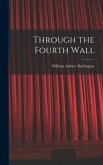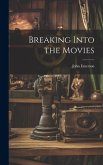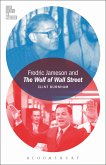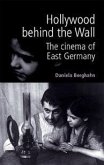'Breaking the Fourth Wall is a probing study of the ways in which an actor or a character in a movie sometimes looks at the camera and addresses us in the audience. This is often taken simply to dispel the illusion, but in his book Tom Brown sensitively examines different forms of direct address and explicates how various and complex its effect can be.' Gilberto Perez, Sarah Lawrence College Film characters are not supposed to look at the camera, so what happens when they do acknowledge our 'presence' as spectators? It is often assumed that this is incompatible with the 'voyeurism' and the 'presence-absence' that defines the cinema experience and disrupts our involvement in the fiction. This book revaluates these and other fundamental assumptions about the medium by demonstrating that direct address is compatible with - and is in some cases a convention of - various traditions of filmmaking. Breaking the Fourth Wall is the first book to provide a broad understanding of the role of direct address within fiction cinema. Chapters on the role of direct address in Hollywood comedies and musicals, as well as in some 'alternative' film practices, are accompanied by extended readings of individual films in which the illusion of eye contact between spectator and character offers a rich metaphor for the problems of vision (insight, foresight, other kinds of perceptiveness) that are so often the currency of movie narratives. In examining direct address, it returns the reader to fundamental and foundational debates concerning how cinema has been defined since the early part of the twentieth century, making it an invaluable resource for students and researchers in Film Studies. Tom Brown is a lecturer in film with a research focus on the 'classical' cinema of France and Hollywood. He has co-edited two collections (Film Moments: Criticism, History, Theory and Film and Television after DVD) as well as publishing several book chapters and journal articles. Jacket image: Funny Games, 1996, Michael Haneke (c) Wega Film. Jacket design: [insert logo file] www.euppublishing.com ISBN 978-0-7486-4425-4 [please add in the white area above the barcode] Barcode
Hinweis: Dieser Artikel kann nur an eine deutsche Lieferadresse ausgeliefert werden.
Hinweis: Dieser Artikel kann nur an eine deutsche Lieferadresse ausgeliefert werden.








